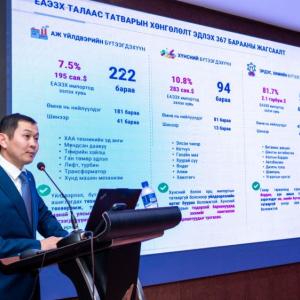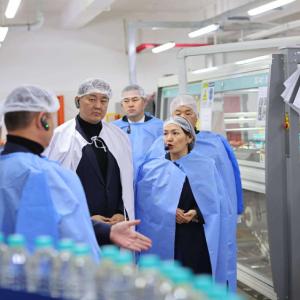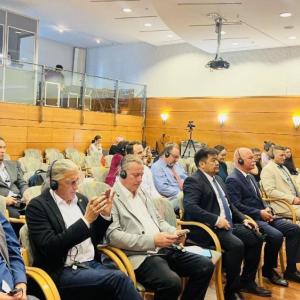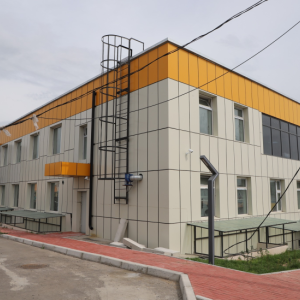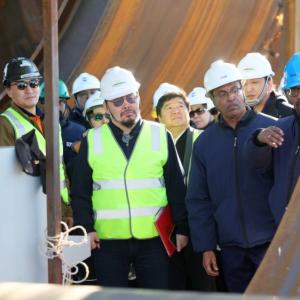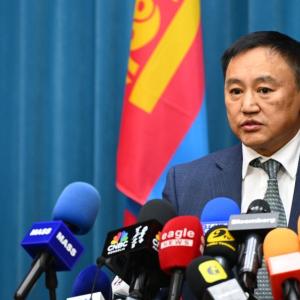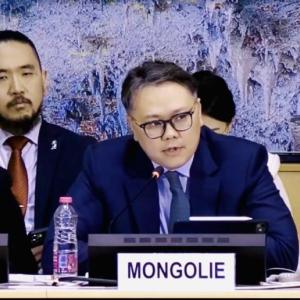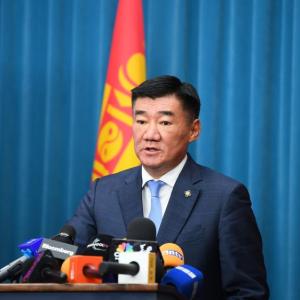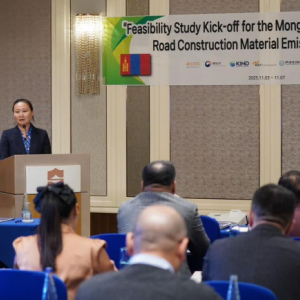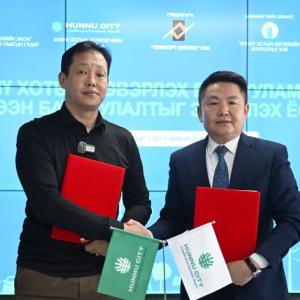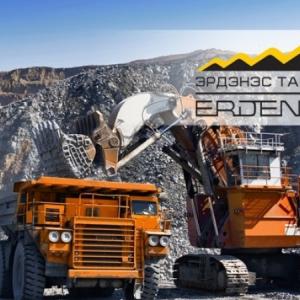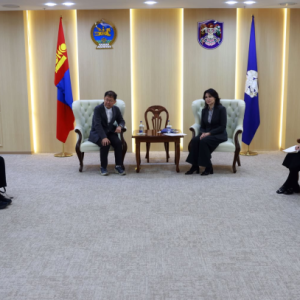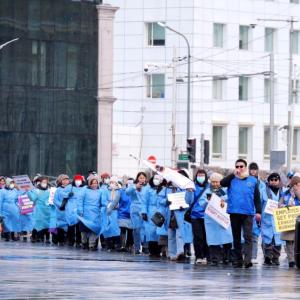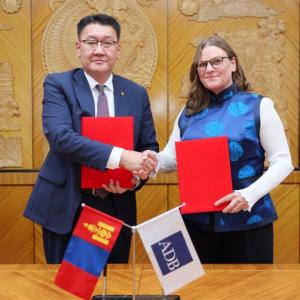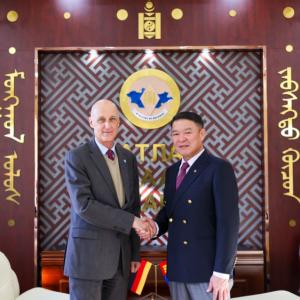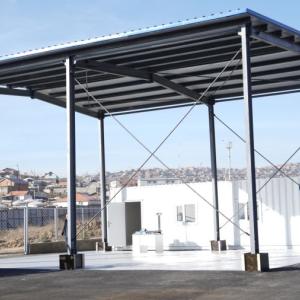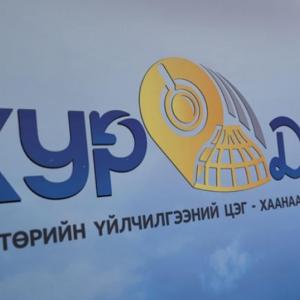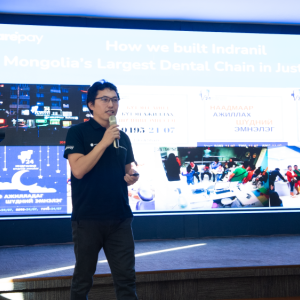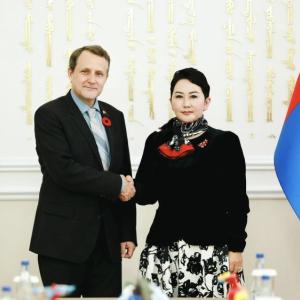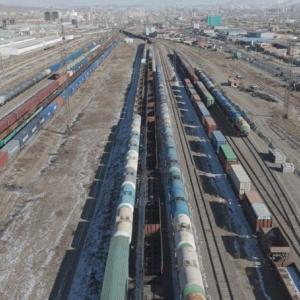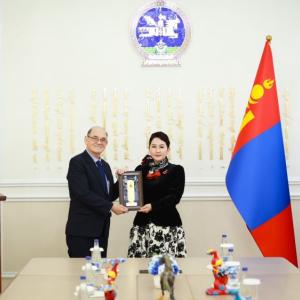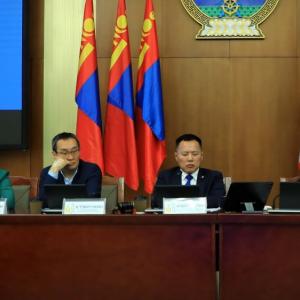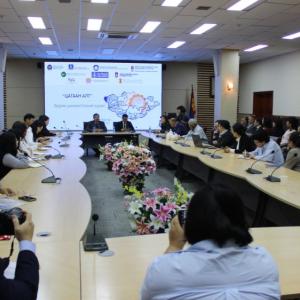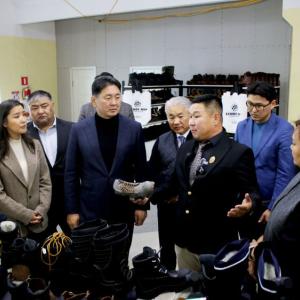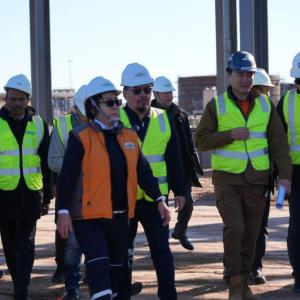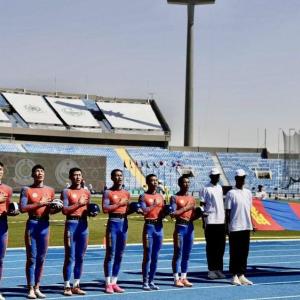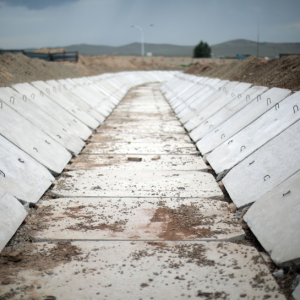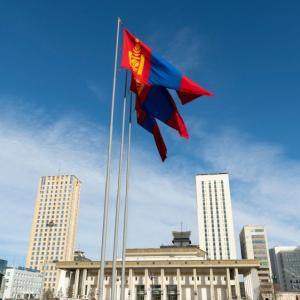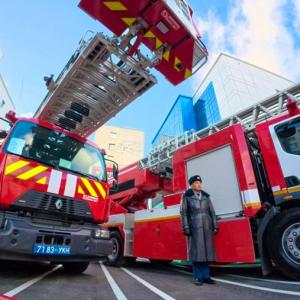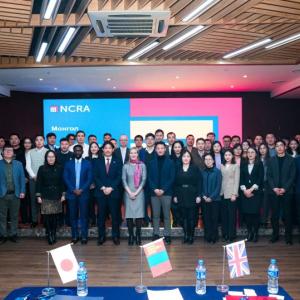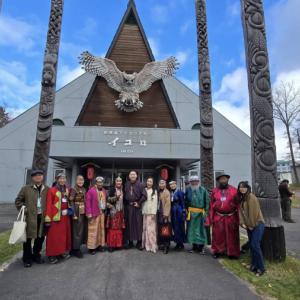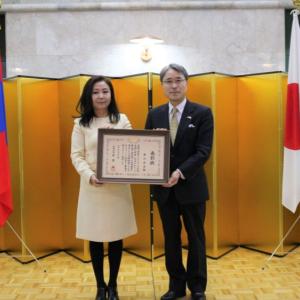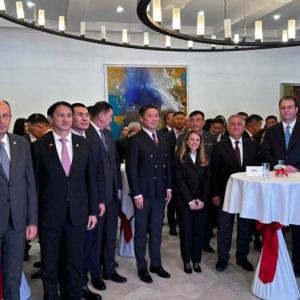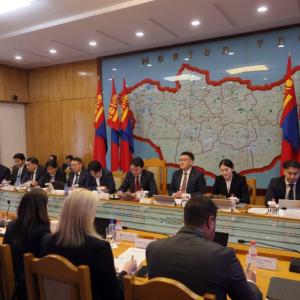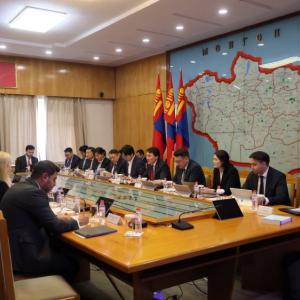Values immeasurable by money will be created by the oil refinery
The Mongol Messenger
Ulaanbaatar /MONTSAME/. Mongolia – a country that became an oil producing country 10 years ago, has advanced to the next level in the sector by starting the construction of a complex that will process commodities and manufacture value-added products. Being established by Mongolian scholars, engineers, and technicians with a soft loan from the Government of India in partnership with a team of highly skilled professionals from the country, the factory is significant for creating the foundation for a new industry in Mongolia and put an end to energy dependency as well as creating values immeasurable by money, such as economic independence and new technological advancements.
From the planning and engineering phase, construction started for the project on establishing the oil refinery, and the First engineering-procurement – construction (EPC-1) agreement was signed in October. MONTSAME News Agency took an interview from CEO of Mongol Refinery State Owned LLC, Advising Engineer of Mongolia D.Altantsetseg (Ph.D) about the progress of the project work and the socio-economic importance of the refinery.
-Mongolia started exploration and research for oil some 80 years ago. This sector which requires a large amount of investment and time as well as advanced technology has now made a great achievement. How did the project to establish the oil refinery come to be?
-Yes, the exploration and research for oil in Mongolia began in the 1940s. Up until the mid 60s, Soviet geologists effectively conducted exploration of oil and found sites with sedimentary basins in the eastern and southern regions. As a result, the first oil refinery was established based on the oil field of Zuunbayan and Tsagaan Els in Dornogobi aimag. After some 20 years, the operations of the refinery were stopped due to certain reasons.
From the early 90s, oil exploration and production began to “revive” as experts from the UK, the US, and Russia did research and gave an evaluation of the previous works. Following this, ‘SOCO International’ and ‘Rock Oil (Gobi)’ companies started oil exploration and production tests in the basin of Tamsag and the oil fields of Zuunbayan and Tsagaan Els according to the product sharing agreement. Starting from 2005, the ‘Petrochina Daqing (Tamsag)’ company invested a large amount of effort and financing in the XIX and XXI sites of Tamsag by conducting exploration and production testing, which accelerated activities in the sector.
Our government set the objective to establish an oil refinery many years ago. The decision to implement the project on establishing an oil refinery with a soft loan from the Government of India could be considered as the foundation for our country to process our own oil and produce a final product. With India’s state-owned company, ‘Engineers India Limited’, completing a feasibility study for the oil refinery and handing it over to the Professional Council for Minerals of the Ministry of Mining and Heavy Industry in November 2018, the project went onto the next stage.
-I assume that a reason for choosing the location for the refinery to be in Altanshiree soum, Dornogobi aimag was because of the railway access. What were the other reasons for settling on this location?
-Several studies on the establishment of a heavy industry complex in Mongolia have found Sainshand soum of Dornogobi aimag to be a preferable location. The oil refinery will be located in the Sainshand Industrial Park that is planned to be built by the government.
Being close to existing infrastructure serves as the main criteria for establishing a heavy industry complex. As our country is landlocked, there is no choice other than having it based around the railway. Other than the railway projects—which was merely a “dream” for many long years, that only began to be efficiently implemented from over a year ago, the country has a single railway in the vertical axis. On the other hand, it is an issue of finding the market to supply the product as well as a logistics issue. As the main consumers of oil and petroleum are located in the central and Gobi region, it could be considered that the refinery is located right in the middle of it.

-Could you briefly tell us about the capacity and the technology that will be used at the oil refinery?
-Our refinery has the capacity to process 1.5 million tons of crude oil, producing high-quality oil that meets modern standards with a focus on diesel production to meet market demands. The refinery will consist of 12 main structures. Seven of them will be using patented technology. Hydrocracking technology was chosen for the deep processing or the secondary technological structure. In the bid for license holders for patented technology, leading corporations of the petrochemical industry, such as UOP Honeywell, Chevron Lummus Global, Shell, Kinetics Technology, Technip, Merichem, Axens Solutions, Haldor Topsoe, are participating. I am grateful for the companies for sending in their proposals for supplying their technology for our refinery, which may be considered on the smaller side for its capacity.
As it is a grassroot/greenfield oil-chemical plant being newly built in the Gobi region, we were faced with the necessity to build all types of infrastructure from scratch. Starting from 2018, projects on the infrastructure outside of the plant which includes railway, autoroads, electric lines, and apartments for the staff that will be working at the plant have been efficiently implemented, with some being completed already.
As a “foundation” to have Sainshand city gradually transform into an industrial-based city like Erdenet and Darkhan, a 550-household apartment complex that will be put into operation in phases is currently being built for the oil refinery.
-How many types of products and how much amount will the refinery produce?
-The oil refinery will produce 840 thousand tons of diesel, 340 thousand tons of petrol for vehicles, 80 thousand tons of aviation fuel (Jet A1), 43 thousand tons of liquefied gas, and 43 thousand tons of stove fuel. As it will have its own power plant, a large portion of the stove fuel will be used for the plant.

-Despite many attempts to establish an oil refinery, the only one that has been successful so far is this particular project. As a result, the public has high expectations now. Some have even begun to worry about project works slowing down.
-The project is smoothly moving forward with the support of the two governments. Generally, it takes a lot of time planning and conducting engineering works to establish a large-scale industrial complex. Aside from our company, all the engineers and professional organizations involved are putting full efforts into the project. As some engineering works will soon be completed at the plant, non-technological structures will begin to be built from March next year.
As we work towards the goal of creating a new industry in Mongolia, our team faces various difficult challenges nearly everyday. The unprecedented circumstance created by the COVID-19 pandemic is creating complications for the project, causing us to get behind in schedule. At the moment, we are carrying out work by getting in contact with engineers and experts of India as well as other countries online everyday.
-The latest equipment and technology that have never been used before in an oil refinery will be introduced in our country. How will they be imported?
-As according to the general credit agreement established between the Government of Mongolia and the Export-Import Bank of the Republic of India, most of the necessary equipment and materials will be imported from India. It will definitely not be easy to transport heavy, large-scale equipment from abroad, having to go through various countries. Some of them will most likely be required to put together after being brought to the country.
-How will commodities be provided for the refinery?
-As I have previously mentioned, Mongolia became an oil producing country in 2010. Oil from two sites of Tamsag in Dornod aimag will be processed after mixing them with a ratio of 50:50. The crude oil will be transported through pipes.
-Could you tell us more about the quality of oil being extracted in the country?
-The sulfur percentage of the crude oil being extracted in Tamsag is very low, which puts it in the classification of light to intermediate. However, the oil contains paraffin as well as high viscosity, causing it to coagulate in high temperatures. But as a paraffin-oil, there are certain advantages to it, with a high amount of diesel cetane from the first distillation as well as being easy to distill.
-How much risk will there be for the oil refinery to affect the environment?
-Crude oil is a commodity that has the highest energy density. During the process of refining the oil, there will be relatively little amount of pollutants. Although there is no such thing as an environmentally friendly plant, we are working to establish the refinery in a way that it has as little negative impact on the environment as possible.

-What measures are being taken regarding human resources needed to operate the refinery?
-About 550 engineers and technicians are required to put the refinery into operation. Our project started off with a team of only 5 people, but it has now expanded to consist of 90 people since 2018. About 70 engineers specialized in oil refining technology, petrochemical, tanks, pipes, automation, construction, oil exploration, and extraction are working at Mongol Refinery State Owned LLC. Most of them are youth. To prepare our trained personnel in phases, we developed a ‘Joint Training Program’ and have begun to work in partnership with domestic and foreign universities and colleges.
Seeing our company’s engineers and specialists improving their knowledge in a short amount of time by putting in all their efforts into reaching the goals they set is a sight that I am proud and happy about.
I strongly believe that the youth we have employed will become highly skilled professionals that are able to successfully operate the refinery in the future.
-How many people will be involved in the construction work?
-The feasibility study showed that mechanic? construction procedures will take place for 36 months, with 5000-8000 people involved each year.
-What improvements are expected in our country’s socio-economic situation by establishing an oil refinery?
-Large-scale projects and programs can be assessed for its tangible and intangible benefits. With the creation of a new industry that produces value-added final products, a significant contribution is made to the state budget, which makes a positive impact on the country’s security as well as macroeconomy. The increase in state finances will create more opportunities to make investments in the sectors of education, culture, science, and healthcare.
There are many other benefits that cannot be measured by money. This will kick off the development of petrochemical technology in the country, create a lot of job opportunities, and set the foundation for a new industrial sector in the Gobi region. And most importantly, it is significant for no longer being energy dependent. Thus, our motto is also, ‘Independence of energy for our country’.
-As the person that is leading the project implementation, what changes do you think the oil refinery brought to the relations between Mongolia and India?
-I believe that our project is bringing the traditional friendly relations between the people of the two countries that originated from ancient times to a new level, starting a new page in the history of economic partnership. For instance, there have been several high-level visits and meetings organized between the two countries since the project began to be implemented in 2017. One of the main topics discussed during the mutual visits was the project to establish an oil refinery in Mongolia.
As an individual, I personally think of how I came to be connected to the country of India as well as greatly educated Indian people through my profession as fate. I am truly grateful for the chance to learn from the people of India as their mindset and way of thinking is also developed aside from being skilled in their profession.
 Ulaanbaatar
Ulaanbaatar












